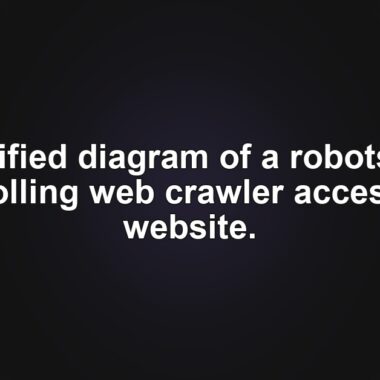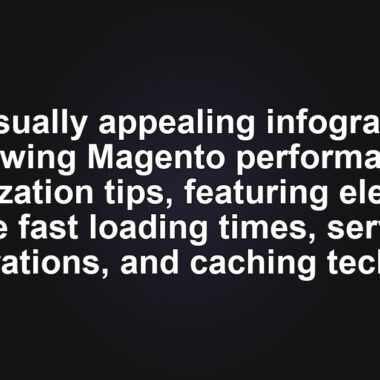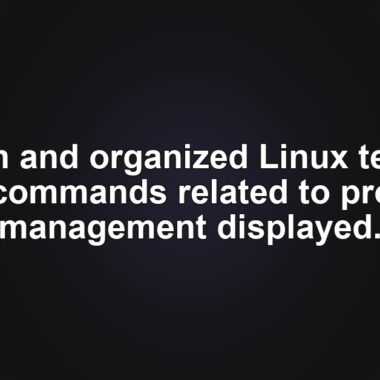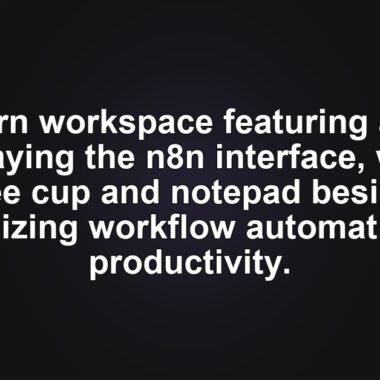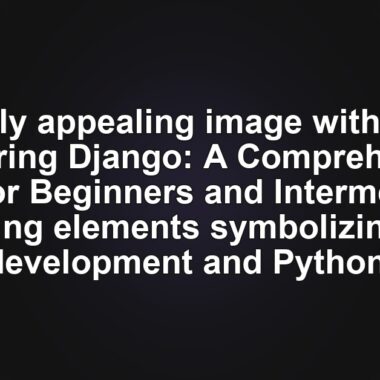How to Create a Django Project: A Comprehensive Guide for Beginners
Creating a Django project is an essential first step in leveraging the power of this popular web framework. With its robust set of tools and extensive features, Django is a top choice for building dynamic and data-driven websites.
Prerequisites for Your First Django Project
Before starting your Django project, ensure you have a suitable hosting environment. Hostinger offers Django VPS hosting that’s tailored to getting your projects up and running quickly. The popular plan includes 2 vCPU cores, 8 GB RAM, and 100 GB of NVMe SSD storage, making it ideal for medium-scale projects.
After securing a server, install Django using its command to set up your project directory. If you choose Hostinger‘s VPS, you can easily set up Django by selecting the template during onboarding. Don’t forget to set up a Python virtual environment to isolate your application data.
Creating Your First Django Project
Now that your environment is ready, let’s create your first Django app. This section will help you establish the foundational codebase for your project.
- Connect to your server via SSH using PuTTY or Terminal. For Hostinger users, access your VPS with a single click using the Browser terminal.
- Navigate to your desired project directory with the
cdcommand. - Use Django’s
startprojectcommand to create a new project. Replacemyprojectwith your project’s name:
django-admin startproject myprojectThis command creates a directory named myproject with the default project structure. Next, navigate to your project’s inner folder:
cd myproject/myprojectOpen settings.py using a text editor like nano or vim:
vim settings.pyLocate the ALLOWED_HOSTS setting and add your VPS IP:
ALLOWED_HOSTS = ['your_vps_ip']Save the changes and exit vim with :wq. To verify your setup, start the Django development server:
cd ..
python manage.py runserver 0.0.0.0:8000Open your browser and go to http://your_vps_ip:8000/. If everything is correct, you’ll see the Django welcome page. Congratulations, you’ve built and executed a Django project on your VPS!
Understanding the Django Project Structure
The startproject command creates a structure with key files and directories, each serving a specific purpose:
- myproject/: Contains core settings and configurations.
- manage.py: A command-line utility for interacting with your project. Use it for tasks like running the server and migrating databases.
- __init__.py: Converts the directory into a Python package, allowing imports as a module.
- settings.py: Crucial for configuring databases, installed apps, middleware, and static files.
- urls.py: Maps URLs to views that process requests and return responses.
- asgi.py: Entry point for ASGI-compatible web servers.
- wsgi.py: Entry point for WSGI-compatible web servers.
Understanding each component will help you modify settings, add URLs, and manage your project’s structure effectively.
Call to Action
If you’re ready to take the next step and need a reliable hosting provider for your Django projects, consider Hostinger. With tailored plans and easy setup, they provide an ideal environment for launching your Django applications.
Conclusion
Creating a Django project is a straightforward process when you have the right tools and hosting environment. Ensure your system is prepared with Django installed, and follow the steps outlined to launch your project successfully. Remember to configure your server’s IP in ALLOWED_HOSTS to make your project accessible.
How to Create Django Project FAQ
How do I configure settings in a Django project?
To configure settings, open settings.py in your project directory. Adjust parameters to change configurations like debug mode or known hosts.
How do I run the Django development server?
Navigate to your project folder containing manage.py, activate your virtual environment, and run python manage.py runserver to start the server on port 8000.
👉 Start your website with Hostinger – get fast, secure hosting here 👈
🔗 Read more from MinimaDesk:
- How to Disable xmlrpc.php in WordPress: A Step-by-Step Guide
- Mastering the WP-Content Directory in WordPress
- The Ultimate Guide to WP-Content: Access, Upload, and Hide Your WordPress Directory
- Mastering WordPress RSS Feeds: A Beginner’s Guide
🎁 Download free premium WordPress tools from our Starter Tools page.



